
The Hanford Site Waste Treatment and Immobilization Plant (WTP) recognized a significant team achievement recently, when the last of its eight shift operations managers finished a rigorous qualifications process.

EM’s field office at the Savannah River Site (SRS), in partnership with state and federal regulators, has finalized a high-level waste tank milestones agreement guiding the work to clean up one of the largest environmental risks in South Carolina.
With EM’s liquid waste operations at Savannah River Site (SRS) relying heavily on the Salt Waste Processing Facility (SWPF), a team successfully transitioned the facility’s computers, software and security systems into the SRS network earlier this month.
EM’s Office of River Protection awarded Waste Treatment and Immobilization Plant (WTP) contractor Bechtel National, Inc. (BNI) approximately $6.5 million, or about 83% of the available fee, for work performed in calendar year 2022 at the Hanford Site.
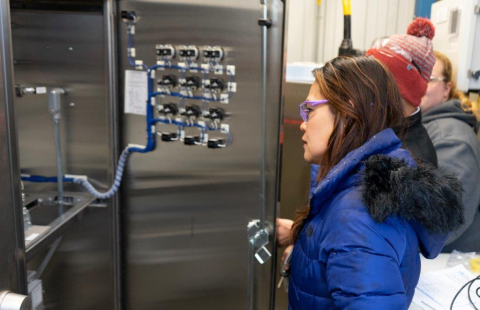
Hanford Site contractors from the EM Office of River Protection and Richland Operations Office recently shared valuable experiences with one another regarding sampling emissions from site exhaust stacks.
The EM Office of River Protection (ORP) and contractor Washington River Protection Solutions (WRPS) have resumed processing tank waste through the Tank-Side Cesium Removal (TSCR) System at the Hanford Site following a second, planned maintenance outage.
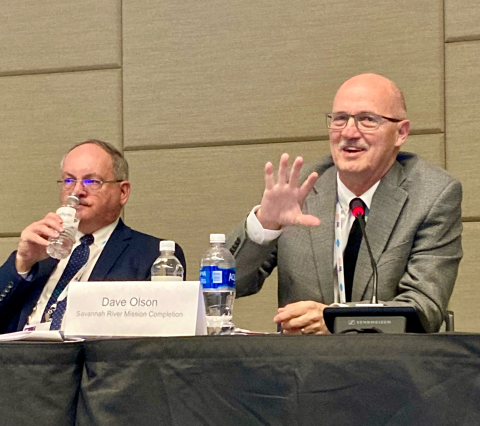
Federal and contractor leadership highlighted progress in EM’s liquid waste treatment mission and lessons learned in their work during back-to-back panels at the 2023 Waste Management Symposia.
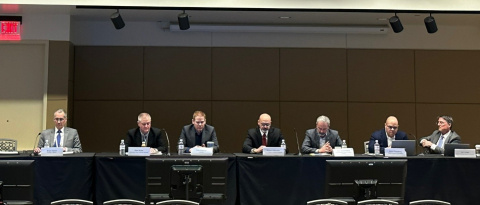
A discussion panel for the 2023 Waste Management Symposia provided Hanford Site leadership the opportunity to showcase how teamwork is contributing to cleanup mission progress.
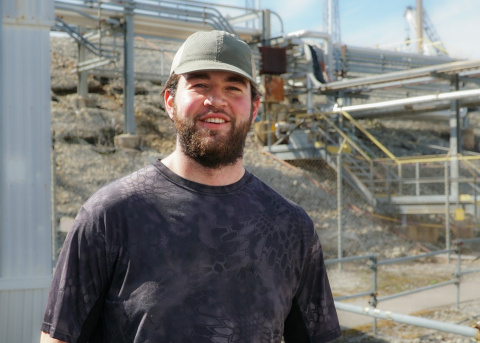
The Savannah River Site’s (SRS) liquid waste contractor for the EM program has established a new partnership with a South Carolina technical school to train students for critical roles while continuing their education.
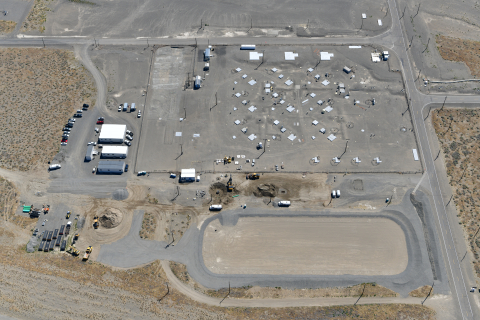
A new construction project will deliver additional environmental protections for a Hanford Site tank farm.

